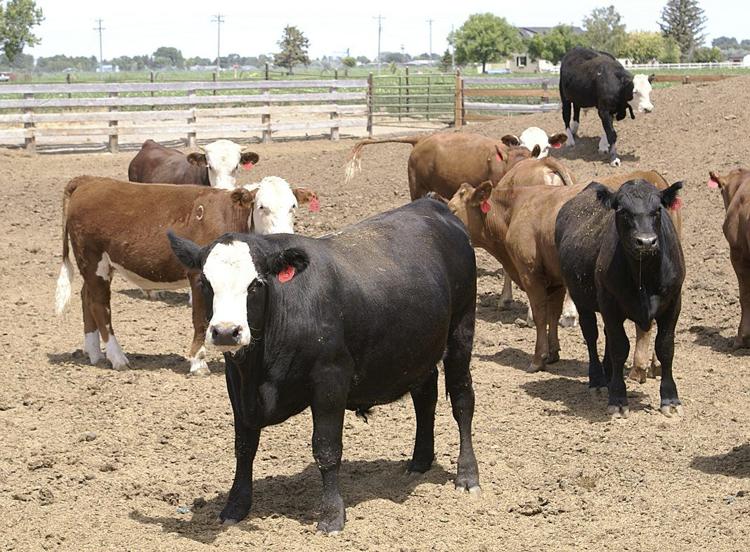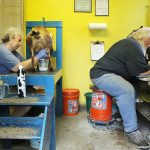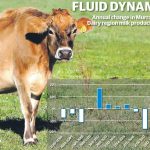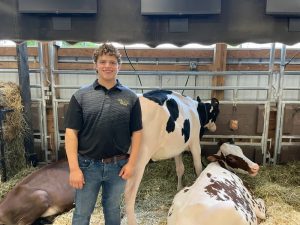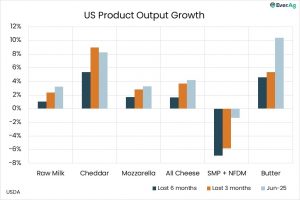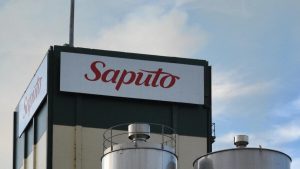
The council will be funded by a $1 per head assessment on the sale of live cattle over 250 pounds to provide resources for defending cattle production practices in the state.
Last week, CDFA announced the council was approved by 68% of those casting a ballot in a beef and dairy producer referendum.
But the Dairy Campaign contends that vote does not represent the true sentiment of beef and dairy producers, who opposed a $1 increase in the beef checkoff in a 2012 referendum.
The group has opposed the formation of the council and its $1 assessment from the start and urged its members to vote against it in the referendum. It is now taking issue with the referendum.
Just 19% of all beef and dairy producers in the state voted in the referendum, Lynne McBride, the Dairy Campaign’s executive director, said.
“So many people were unaware this was happening,” she said.
Information about the council and the referendum was poorly circulated, and numerous Dairy Campaign producers said they didn’t receive ballots or might have overlooked them in the mail, she said.
“It wasn’t a legitimate referendum. In the end, it was only a tiny fraction of the industry that supported it,” she said.
The legislation allowing for a referendum provided a 60-day voting period, but CDFA cut that to 30 days. Noting its concerns, the Dairy Campaign requested an extension before the voting period closed, but CDFA denied that request, she said.
“Only a few knew it was happening and had the chance to vote,” she said.
Dave Daley, past president of the California Cattlemen’s Association and campaign chairman for the council, said he disagrees with the Dairy Campaign’s characterization of the referendum.
The voting period and the voting response were normal for a CDFA referendum, he said.
As for awareness, the cattlemen’s association has been leading the effort to establish the council for three years and did a “ton of outreach” to all cattlemen in the state, he said.
Western United Dairymen supported legislation last year that allowed producers to vote on the formation of the council and invested resources to educate its members about the referendum, Anja Raudabaugh, the organization’s CEO, said.
WUD printed posters and put them in every sale barn around the state and together with the cattlemen’s association got the word out at local meetings and held workshops devoted to the establishment of the council, she said.
“All producers may not agree with the cattle council, but you’d have to be under a rock to not know it (the referendum) was happening,” she said.
CDFA made it easy for producers to access ballots online or provided provisional ballots for anyone requesting one, she said.
CDFA officials told Capital Press the 19.14% participation rate is in line with similar referenda conducted in recent years, ranging from 12.8% to 31.3%.
A voting period of 30 days is used for most agricultural marketing programs. It provided adequate time for producers to vote on the issue and conformed to the legislation that allowed for a referendum, which specifies a voting period of not more than 60 days, the officials said.
